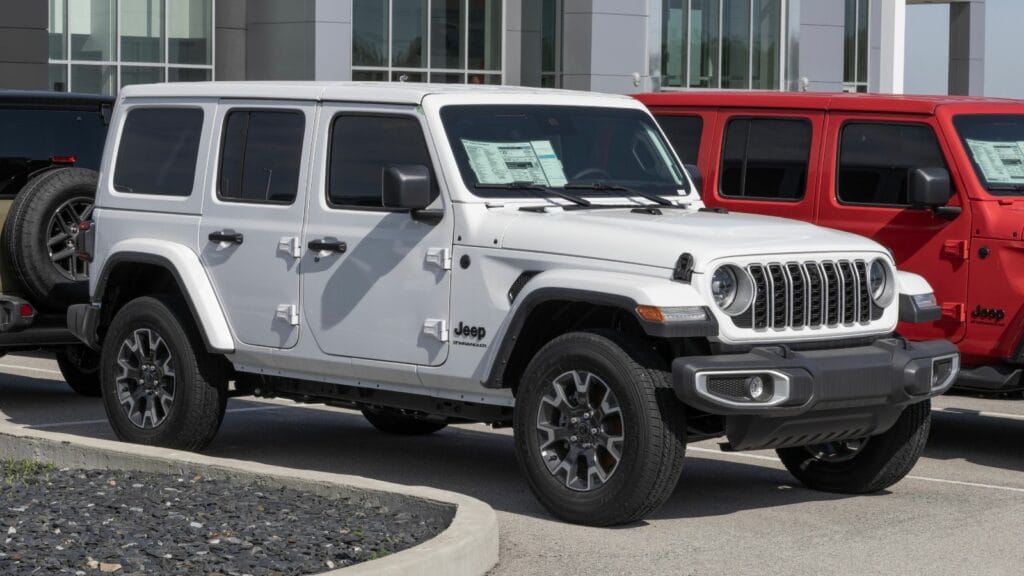Canadian winters are unforgiving. Long stretches of subzero temperatures, icy roads, and deep snow put vehicles to the ultimate test. A car that feels perfectly fine in the summer can quickly turn into a nightmare once the snow falls. While some machines are built tough enough to endure these brutal months, others fail miserably the moment they’re exposed to Canadian winter realities. From poor traction and fragile components to heating systems that can’t keep up, these twelve vehicles are the ones that drivers regret trying to run year round north of the border.
Smart Fortwo
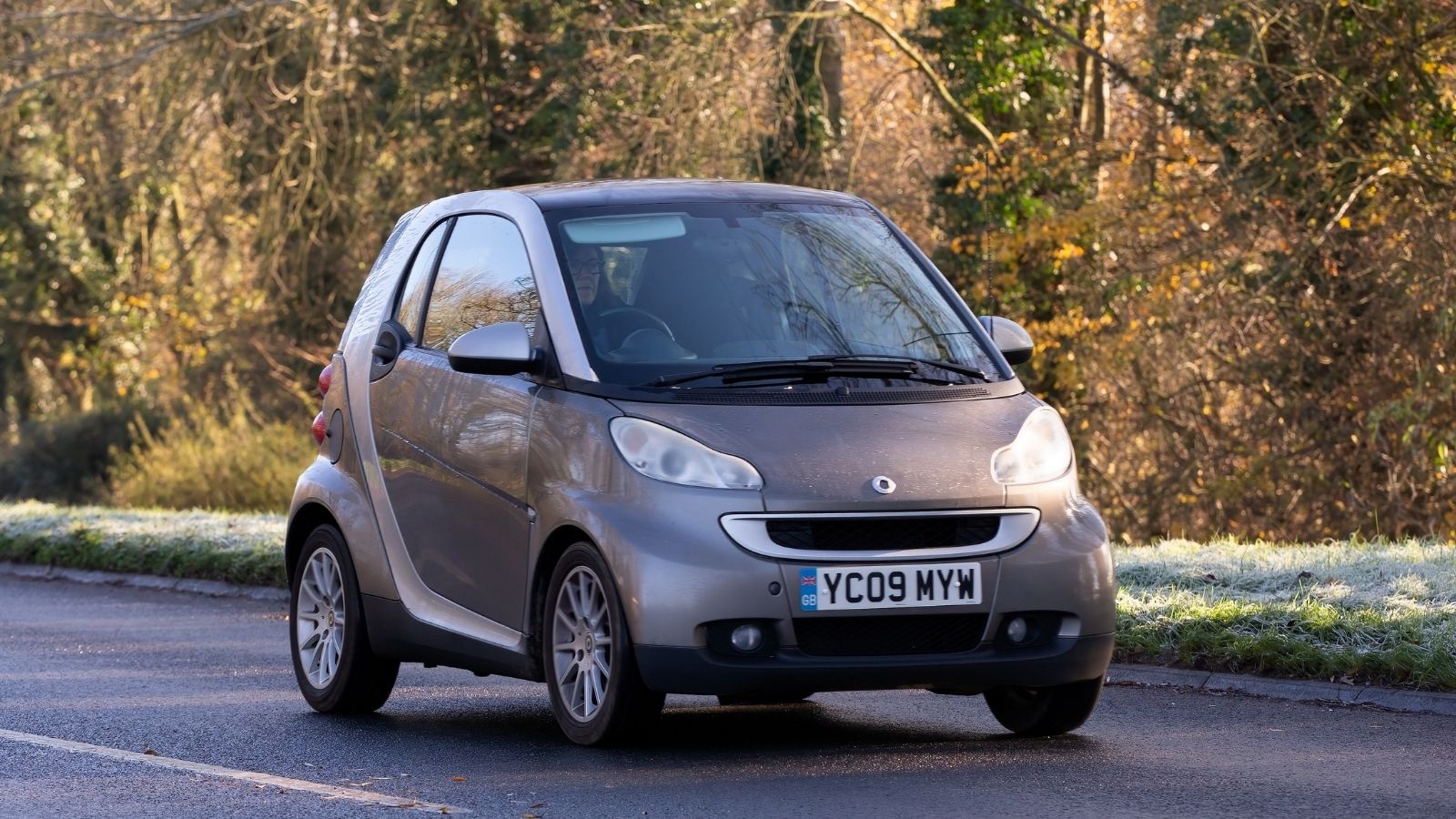
The Smart Fortwo is ideal for weaving through crowded urban streets in July, but in January it turns into more of a liability than a convenience. With its extremely short wheelbase, feather light weight, and rear wheel drive, it slides around on icy pavement like a toy car. The lack of ground clearance means even a few inches of snow can leave it stranded, and while winter tires help, they can’t overcome the physics of such a small, top heavy design. Add in its tiny cabin, which struggles to stay warm on bitterly cold days, and you have a car that’s about as far from winter ready as it gets.
Chevrolet Camaro
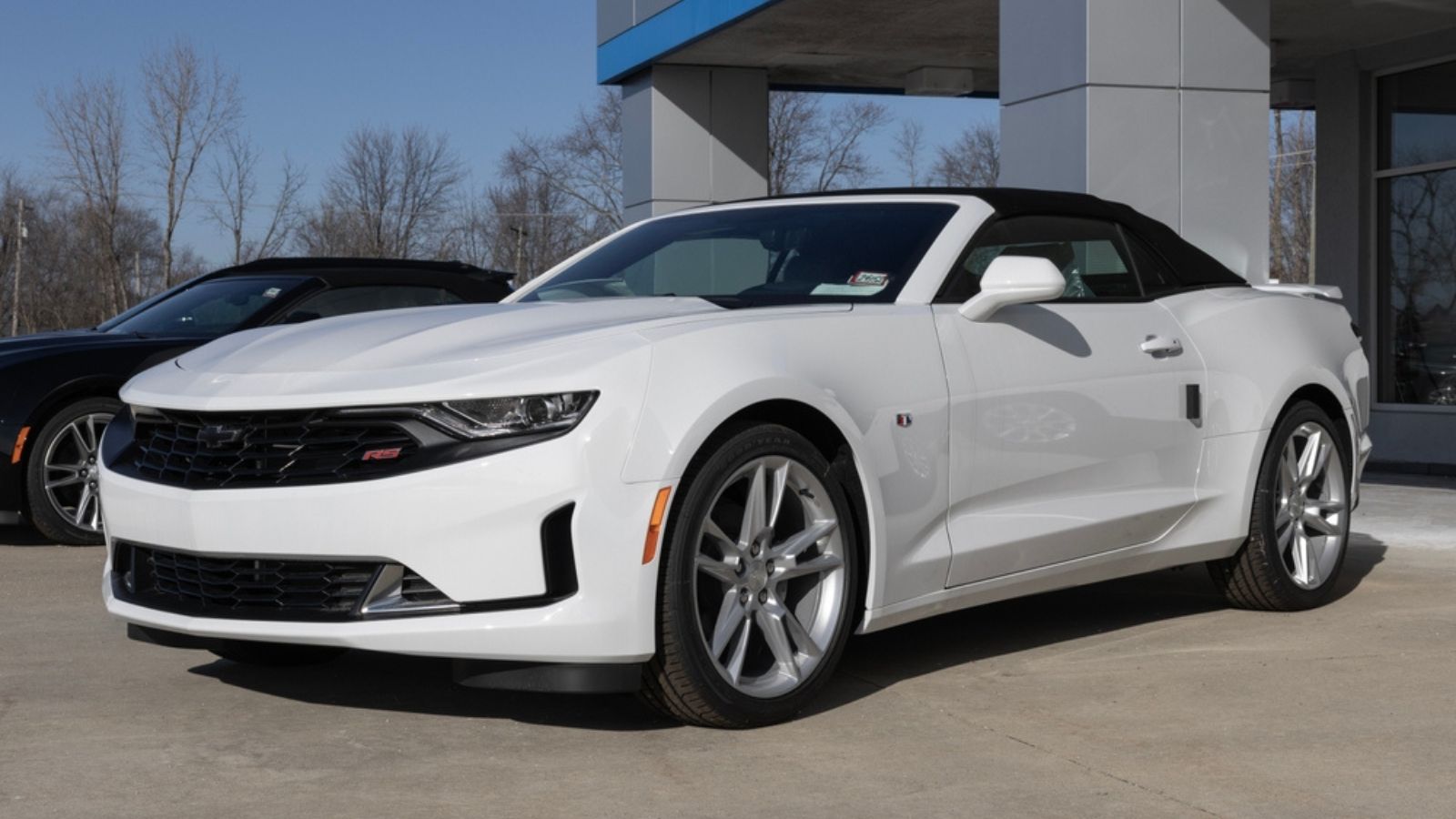
The Chevrolet Camaro has muscle car looks and performance, but Canadian winters expose its weaknesses instantly. Wide summer tires harden like hockey pucks in freezing weather, leaving traction nearly nonexistent. Rear wheel drive paired with high horsepower makes it difficult to control even with traction aids engaged. Its low stance means it bottoms out in snowbanks that a simple SUV would plow through effortlessly. Many Canadian Camaro owners simply accept that their pride and joy is destined for winter storage because taking it out in January is a recipe for frustration.
Ford Mustang
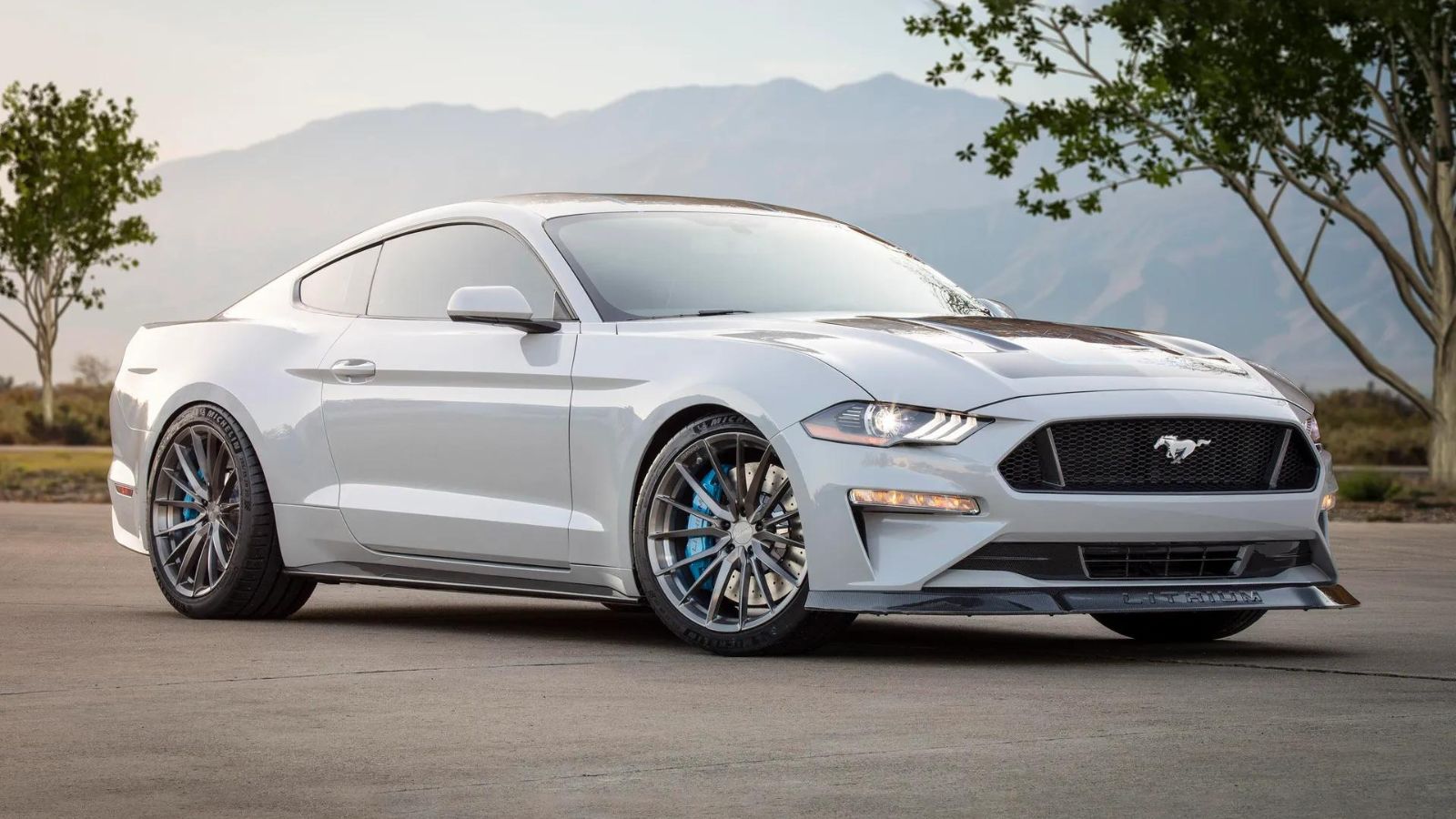
The Ford Mustang faces the same issues as the Camaro but often worse, since more of them are daily driven in Canada. Without winter tires and careful throttle management, Mustangs are notorious for spinning out in icy conditions. The heavy front engine combined with rear wheel drive creates an unbalanced feel on slick surfaces, and its ground clearance leaves it helpless against snowy side streets. The Mustang may be an icon on dry pavement, but in a blizzard it feels like a completely different machine—unstable, unpredictable, and exhausting to control.
Tesla Model 3 (Standard Range)
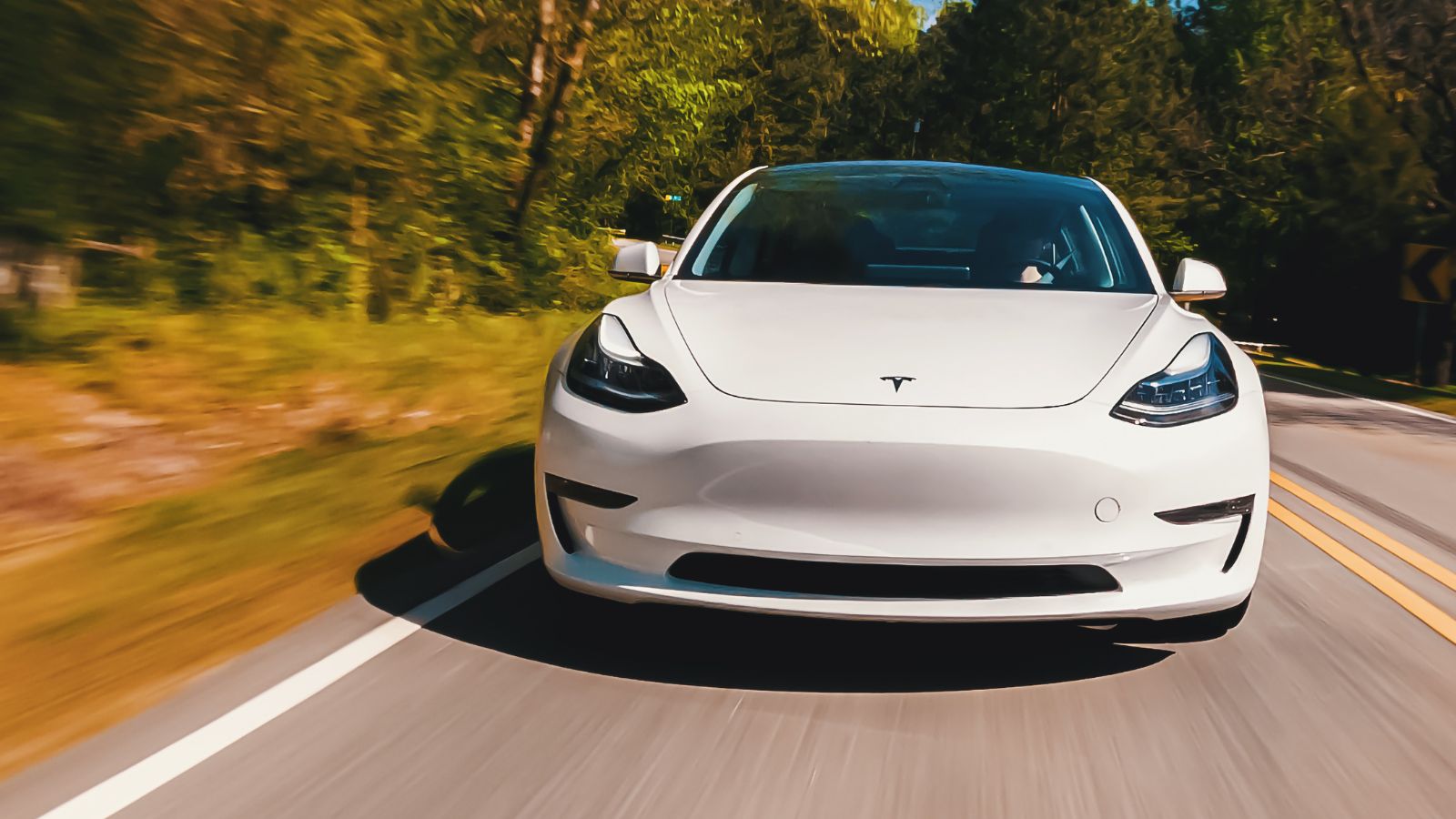
Tesla markets itself as an all season brand, but the Standard Range rear wheel drive Model 3 struggles mightily in Canadian winters. Cold weather slashes range dramatically, sometimes by 30 to 40 percent, leaving drivers scrambling to find chargers on longer trips. Charging itself slows in extreme cold, with drivers often having to wait for the battery to warm up before the car will even accept power. On top of that, the rear wheel drive layout struggles for traction on icy hills. While the dual motor all wheel drive versions perform better, the base Model 3 proves that not every EV is suited for the reality of Canadian winters.
Mazda MX-5 Miata
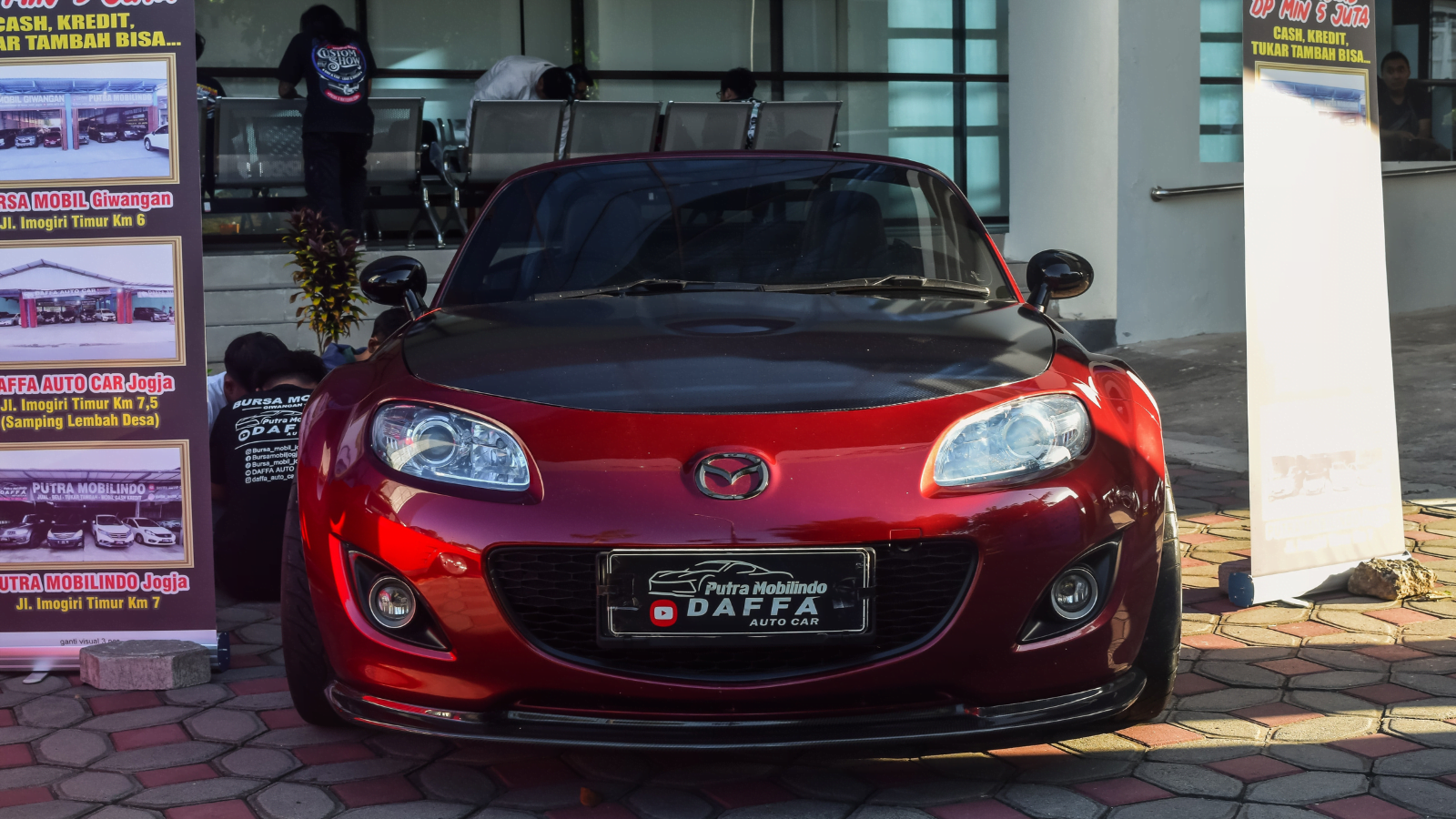
Beloved as one of the best driver’s cars ever built, the Mazda MX-5 Miata is tragically unsuited to harsh winters. Its small footprint and rear wheel drive setup mean traction is nearly nonexistent without dedicated winter tires. Even then, the Miata’s ground clearance is laughable when snow piles up. Owners who dare to daily drive their Miata in January often discover that side streets become impassable, and the small cabin struggles to stay toasty in deep cold. For most Canadian enthusiasts, the Miata is a summer toy that spends half the year tucked away under a cover.
Jeep Wrangler (Older Models)
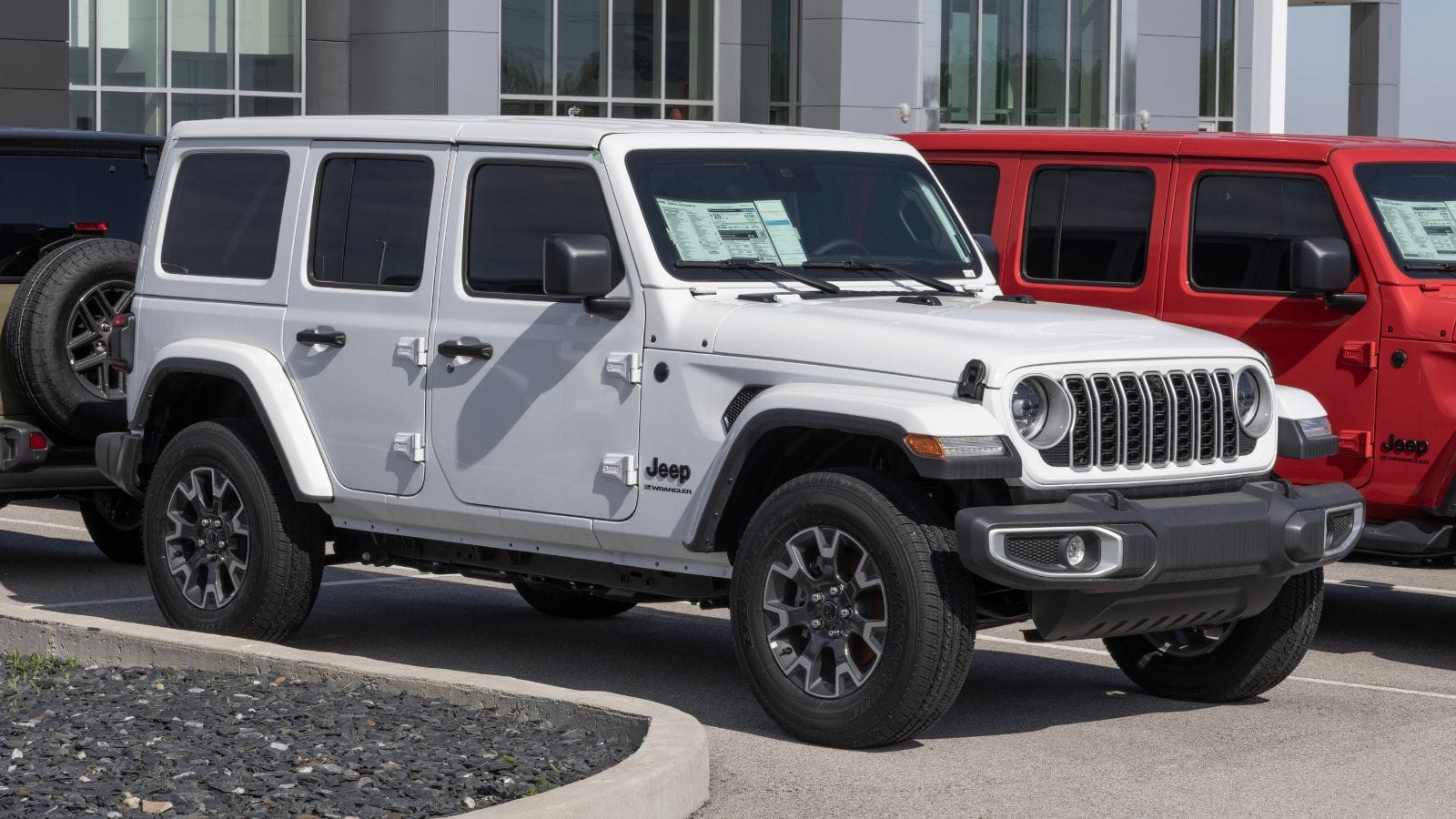
At first glance, you’d assume a Jeep Wrangler is the ultimate Canadian winter vehicle. And off road, in deep snow, it really can be. But older models, particularly pre-2007 versions, reveal serious weaknesses in icy urban conditions. Their short wheelbase makes them twitchy on slick roads, and without stability control they can fishtail unexpectedly. Heating systems in older Wranglers were also famously weak, leaving drivers bundled up even inside the cab. Salt corrosion eats away at frames and components if not meticulously cared for, making ownership through multiple winters an expensive proposition.
Mini Cooper
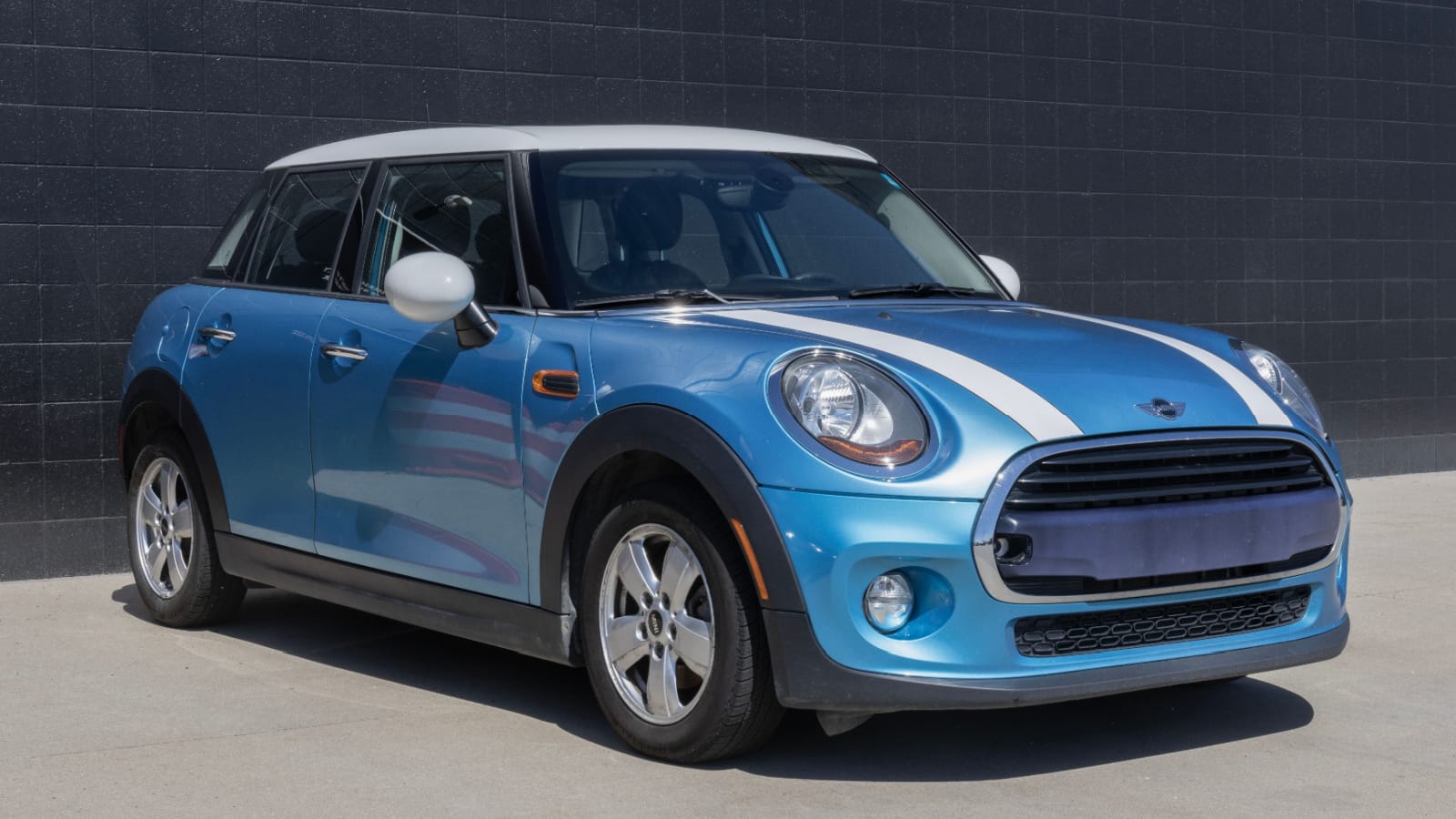
The Mini Cooper has the handling chops to make city driving fun, but in winter, its flaws become evident. Low ground clearance means it easily gets stuck in snow, while its compact size makes it feel unstable on icy highways when larger vehicles are roaring past. The base front wheel drive versions slip frequently without winter tires, and the cabin heating, while decent, often struggles to keep the rear seats warm in frigid weather. On top of this, Minis have a history of expensive repairs when exposed to salty slush year after year, which makes them a risky winter investment.
Chevrolet Corvette
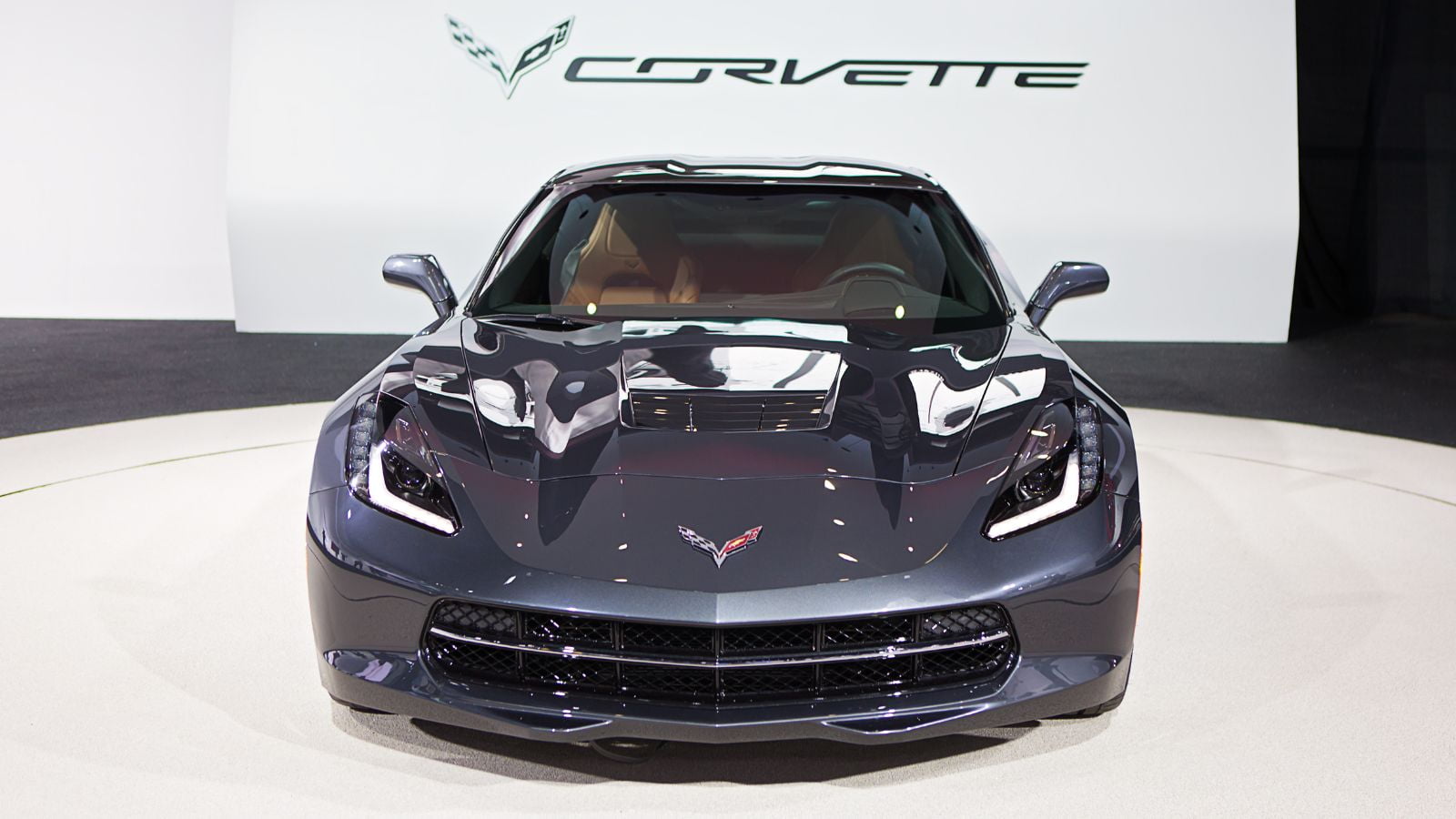
The Chevrolet Corvette is designed for smooth pavement, not ice ruts. With its rear wheel drive, huge torque, and ultra low ground clearance, it is nearly impossible to manage in snow. Even with proper tires, the car is simply too wide and too low to handle Canadian side streets in January. Beyond drivability, the Corvette’s fiberglass body and performance parts don’t take kindly to the abuse of road salt and potholes. For most owners, the only logical choice is to store the car once the first snowflake falls, treating it as a seasonal machine rather than a year round daily driver.
Dodge Challenger
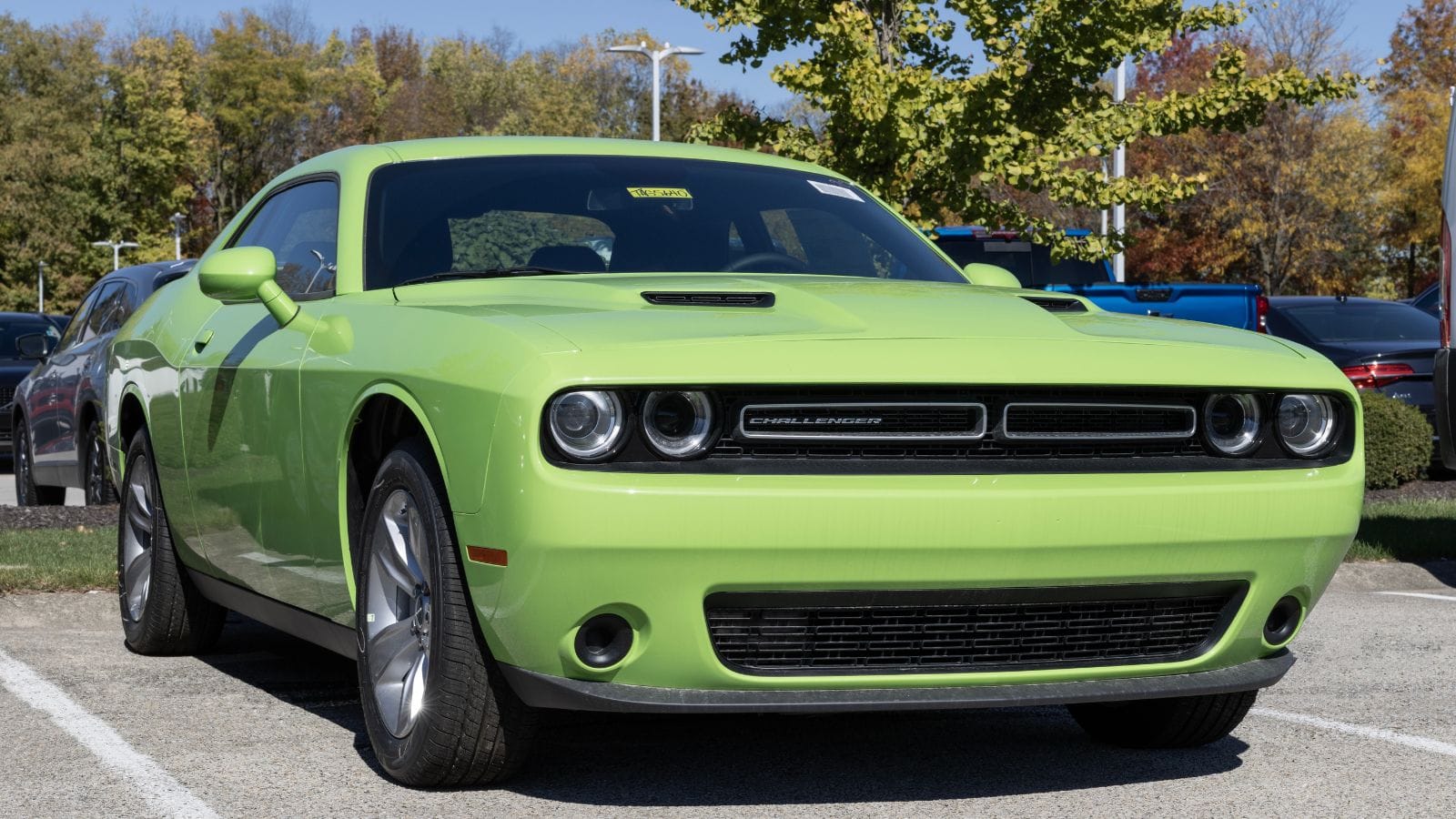
The Dodge Challenger is a muscle machine that weighs nearly two tons, yet somehow still manages to be terrible in snow. Its wide tires are great for dry grip but terrible in slush, while its rear wheel drive and high horsepower setup make it prone to spinning out. All wheel drive versions exist, but the bulk of Challengers sold in Canada are rear drive, leaving many owners with a car that is practically useless in winter. Add to that its poor visibility and enormous size, and it becomes a liability when snow and ice dominate the roads.
Toyota MR2 (Older Generations)
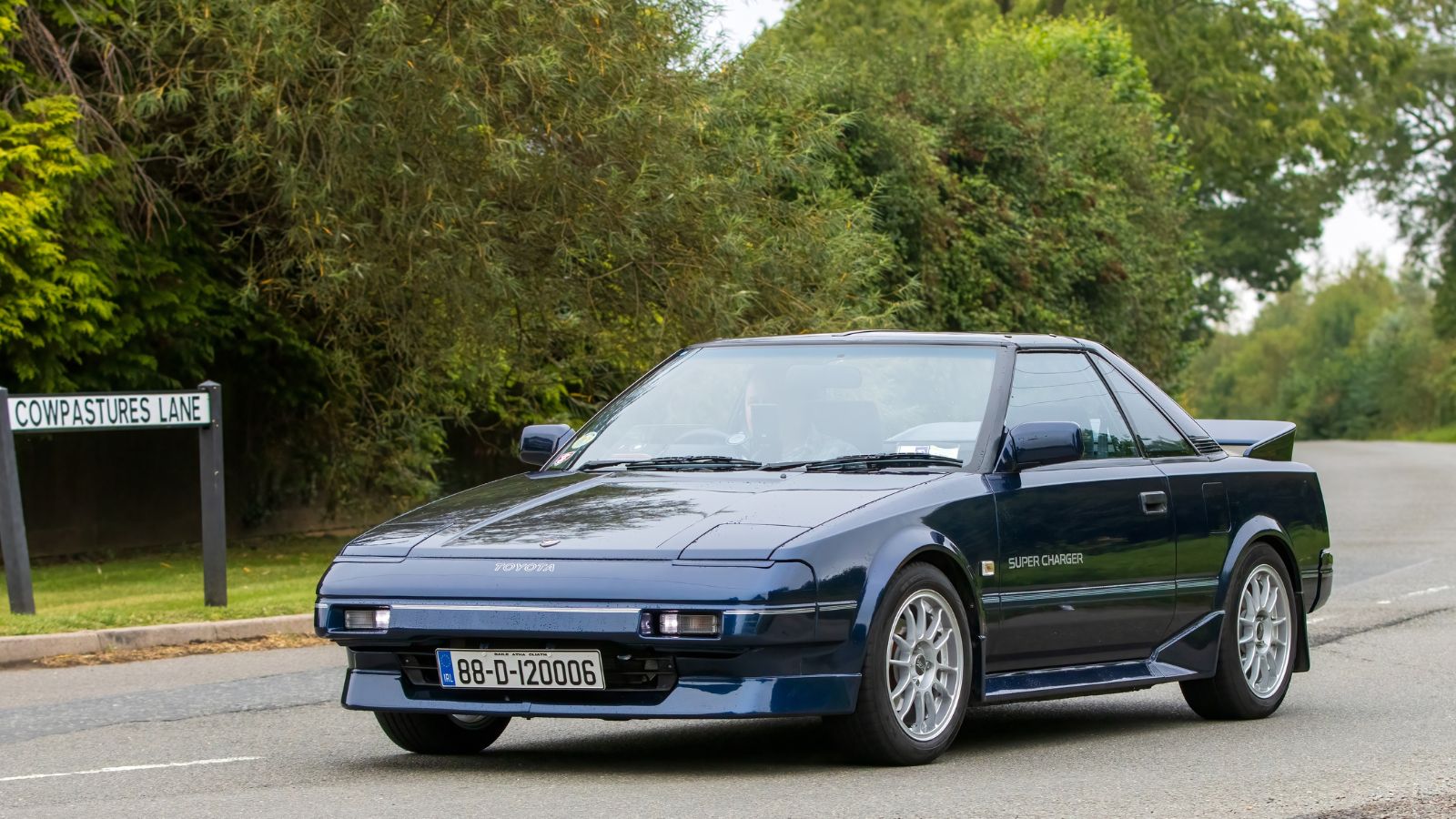
The Toyota MR2 is a cult classic, but winter exposes its worst traits. Its mid engine layout means the front end is extremely light, giving it almost no steering traction on icy roads. Rear wheel drive further complicates handling, often leading to snap oversteer in slick conditions. Combine that with low clearance and small tires, and the MR2 becomes impractical as soon as the snow falls. Enthusiasts adore it as a fair weather car, but as a winter driver in Canada, it’s a disaster waiting to happen.
BMW 3 Series (Rear Wheel Drive Models)
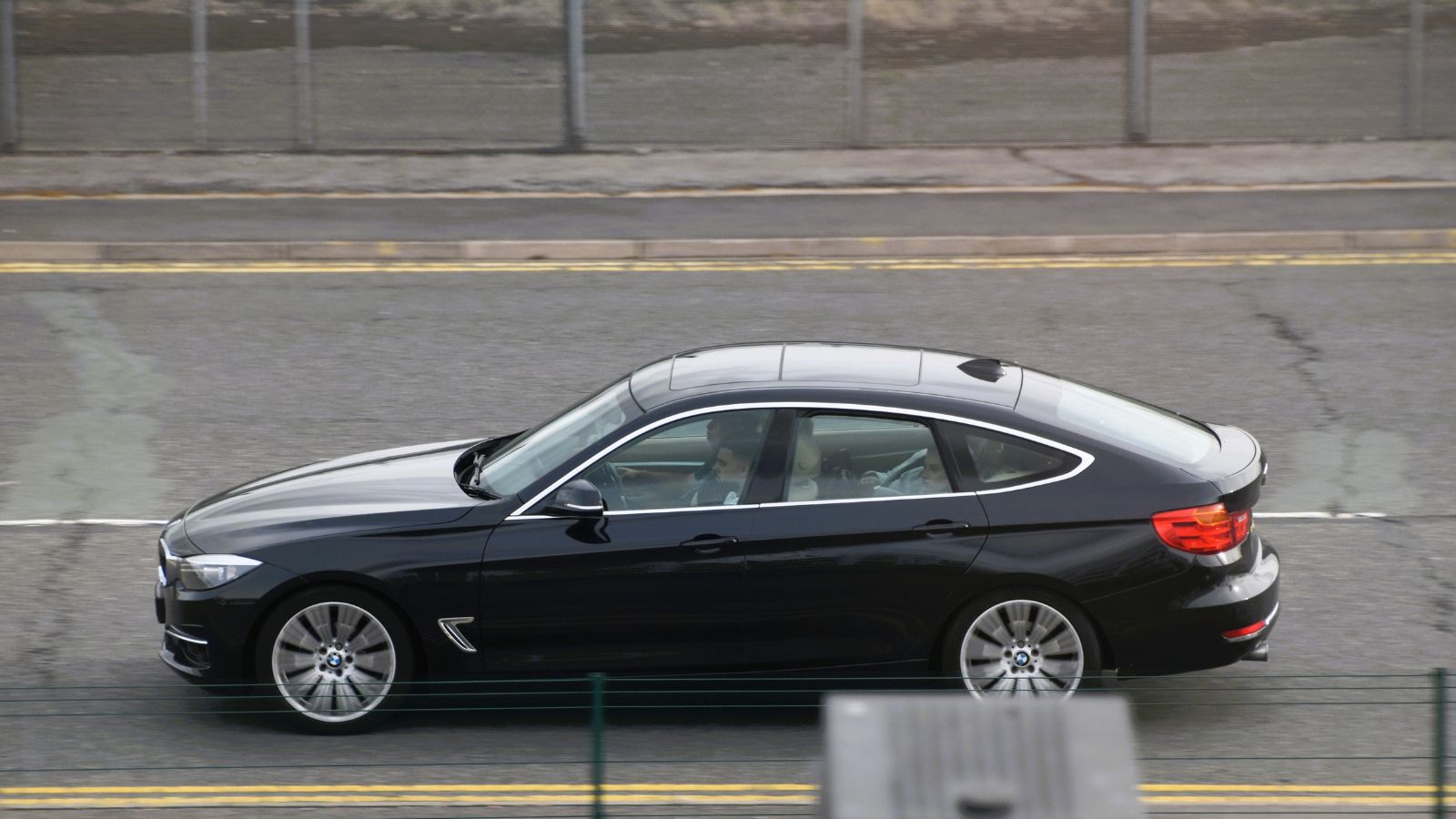
Modern BMWs with xDrive all wheel drive systems are excellent in Canadian winters, but rear wheel drive versions, especially older models, are a completely different story. Without snow tires, they fishtail constantly, and the low clearance means they scrape on snow covered roads. Salt corrosion is another Achilles heel, eating away at suspension components and body panels. While BMW owners can enjoy year round luxury with AWD models, those with older rear wheel drive sedans quickly learn that they’re better off parked during the coldest months.
Fiat 500
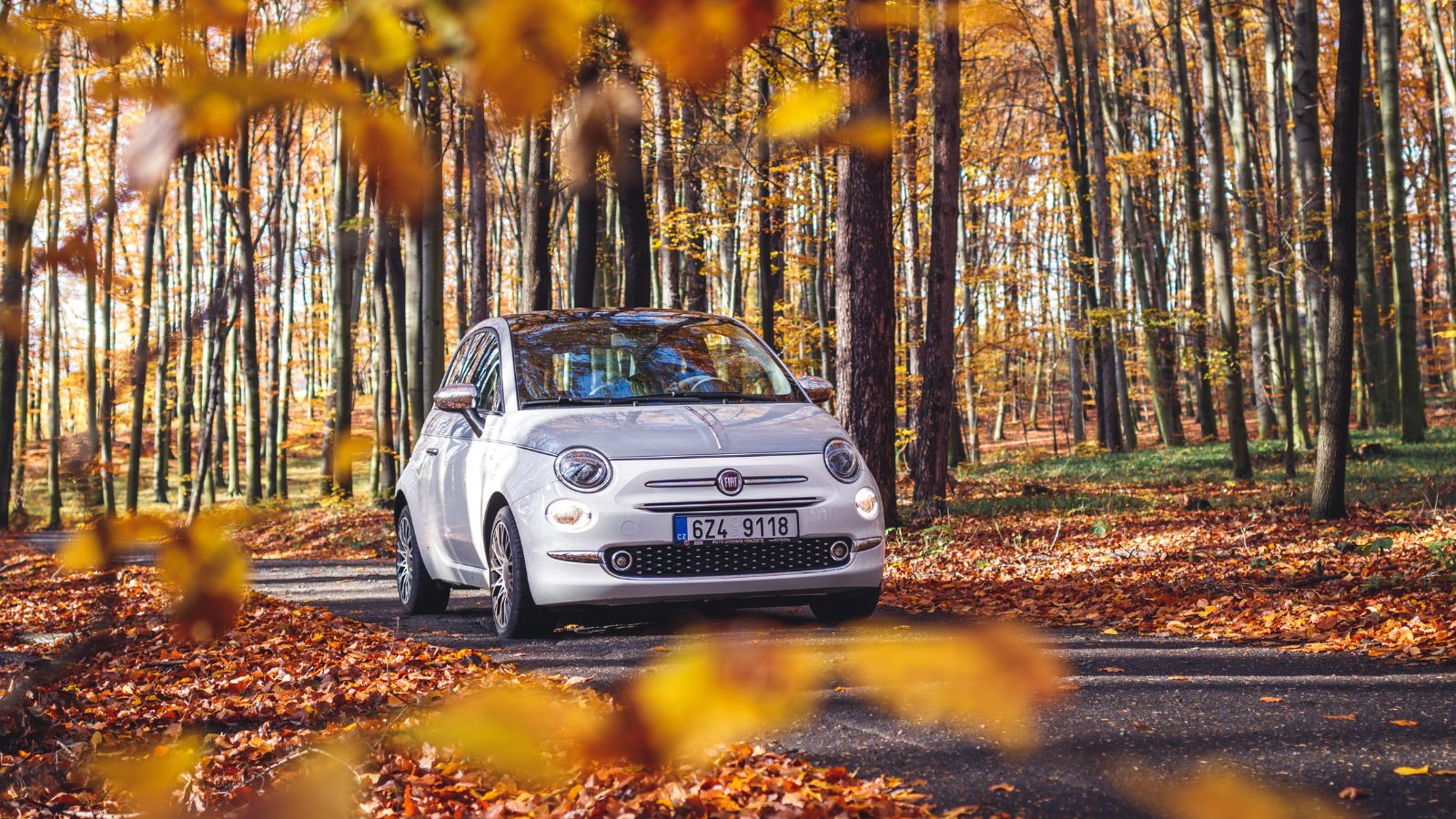
The Fiat 500 wins hearts with its charm and Italian flair, but it wilts under Canadian winter conditions. Its light weight and short wheelbase make it unstable on icy roads, while its heating system often struggles in extreme cold. Reliability issues become worse with exposure to salty, slushy roads, and its ground clearance leaves it stranded when snow piles up. While it makes sense on narrow streets in Europe, in Canada’s vast and frigid environment the Fiat 500 feels entirely out of its depth.
Why These Vehicles Fail in Canadian Winters
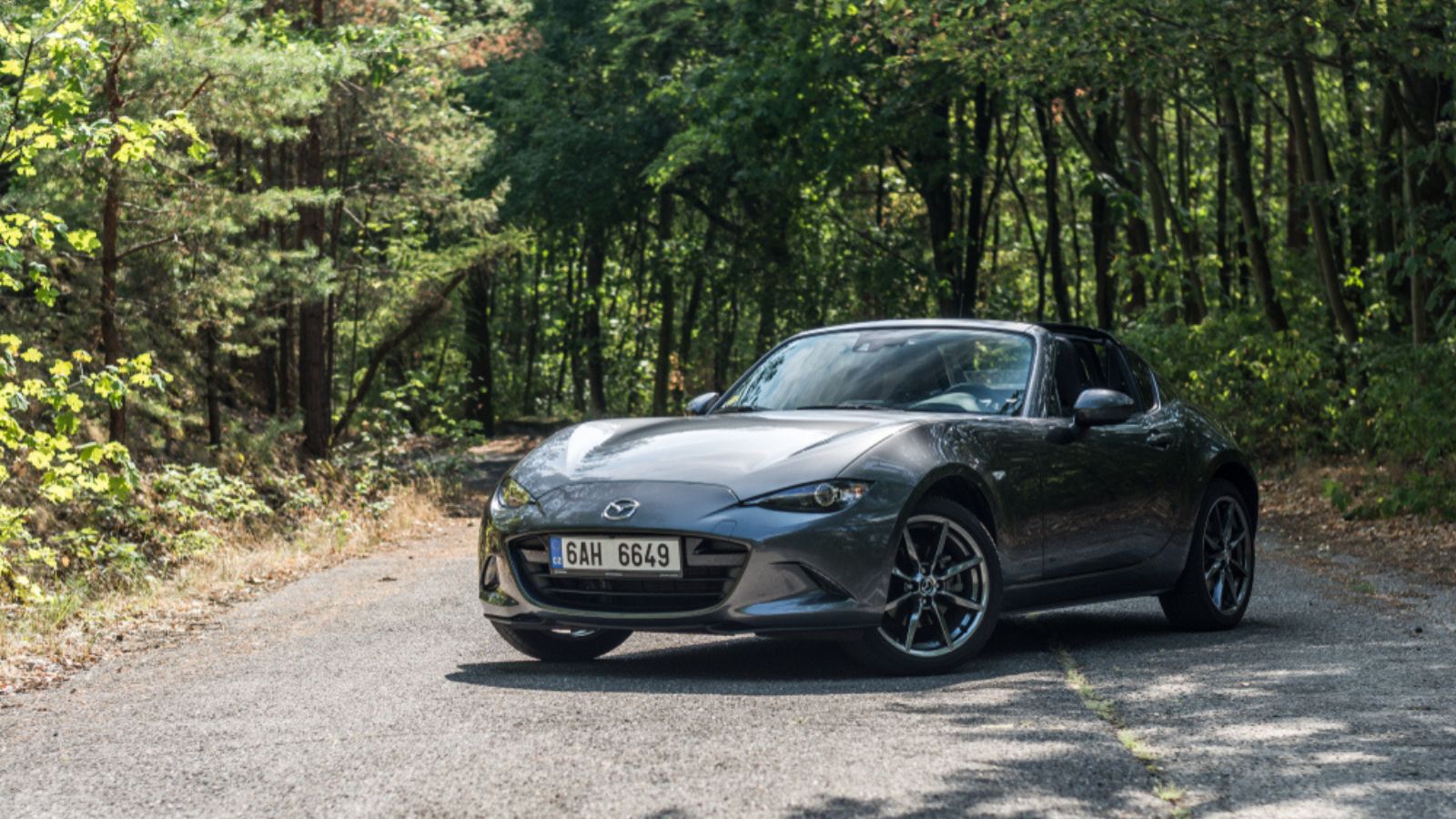
The vehicles that fail Canadian winters share several fatal flaws: poor traction, either from rear wheel drive or overly wide summer tires; ground clearance too low to handle deep snow; heating systems that cannot keep up with bitter cold; and a lack of durability against road salt and harsh conditions. They may shine in summer, whether as stylish city cars, muscle machines, or sporty roadsters, but when faced with Canadian winters they become unreliable, unsafe, and impractical. For drivers in the Great White North, choosing a winter capable vehicle isn’t optional—it’s survival.
25 Facts About Car Loans That Most Drivers Don’t Realize

Car loans are one of the most common ways people fund car purchases. Like any other kind of loan, car loans can have certain features that can be regarded as an advantage or a disadvantage to the borrower. Understanding all essential facts about car loans and how they work to ensure that you get the best deal for your financial situation is essential. Here are 25 shocking facts about car loans that most drivers don’t realize:
25 Facts About Car Loans That Most Drivers Don’t Realize
